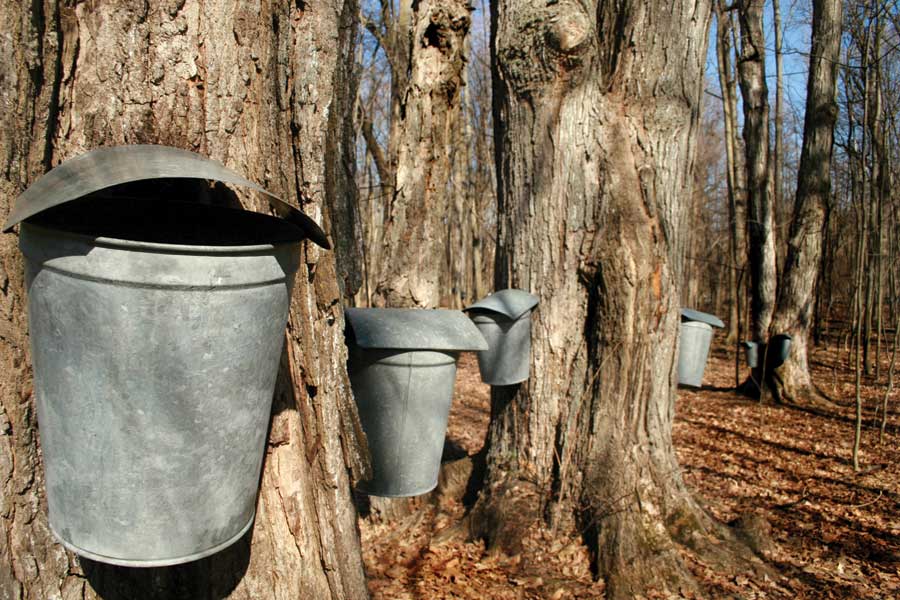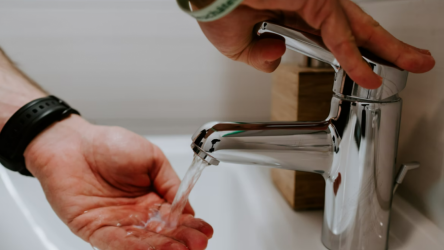
People say that the best things in life are free. When it comes to food that is especially accurate and people who grow their own produce or make their own homemade sauces and syrups can testify to it. If your food comes straight out of the ground or off a tree it is going to be light years ahead quality-wise. Likewise, maple syrup tapped straight from a tree is significantly more delicious than the stuff you buy at the store. If you live in an area that has an abundance of maple trees and would like to learn how to make your own syrup, here are some steps to get you started.
1. The first step is to find a maple tree, of course. This is the most important part of the process as you will need locate just the right tree. It must be at least a foot in diameter, healthy looking and have access to plenty of sunshine. It is important to note that the most generous trees for collecting sap are the sugar or black maple trees; however, the silver and red ones will have some, too. A good tip is to look for ones with big canopies, because they are usually more filled with sap.
2. You will also want to check to see if you have the right weather conditions before you tap your tree. Generally speaking, the climate should be warmer than 32 degrees Fahrenheit during the daytime, and ideally a bit cooler than that at night. The reason for this is that the ranging temperatures allow the sap to flow easier during the collection period, which usually lasts about a month to six weeks.

3. Next you will want to make sure that you have all the right supplies and tools to get the job done. The items you will need are a drill, a spile and a bucket. The drill will require at least a 7/16 or a 5/16 bit to get the right size, and you will also have to clean the spile and bucket thoroughly with bleach and water. Once that is done allow the equipment to dry completely before moving forward.
4. Picking the perfect spot to tap is another important part of the process. You will want to choose an area of the trunk that gets plenty of sunlight and also make sure the area of the tree you are going to tap looks hearty and healthy. To check if the tree is in good health, try drilling a little bit to see if the shavings are tan or light brown, which indicates that it is in good health.
5. Then drill into the trunk at about 2.5 inches deep. While you do so, hold the drill at an angle going slightly upwards to give the tree a chance to drain easier. A sharp drill bit is going to be the best option for getting the most optimal hole. When you are done drilling, be sure to clean away all of the debris and wood shavings from the area.
6. Next, insert the spile into the tree and gently hammer it in with a rubber mallet to make sure it is in there sturdily. However make sure that you don’t hit it too hard because that can cause the wood to split. If you do not have a spile on hand then you can use a three-quarters thick aluminum piping.
7. Finally, hang your bucket on your spile or aluminum piping and make sure that it is secure. If you do not want to do that, you can always make your own hook out of wiring as long as it’s strong enough to hold the bucket. Cover up the bucket to keep the sap fresh and critters out while waiting for the sap to collect. Do this on a daily basis during the warmer hours and store it all in a large empty container.
Stewart Scott is a certified arborist and is the owner of Cevet Tree Care, where he offers the best tree service Columbia MO has to offer. Cevet has provided tree trimming and other tree care services to mid-Missouri for almost 20 years.







